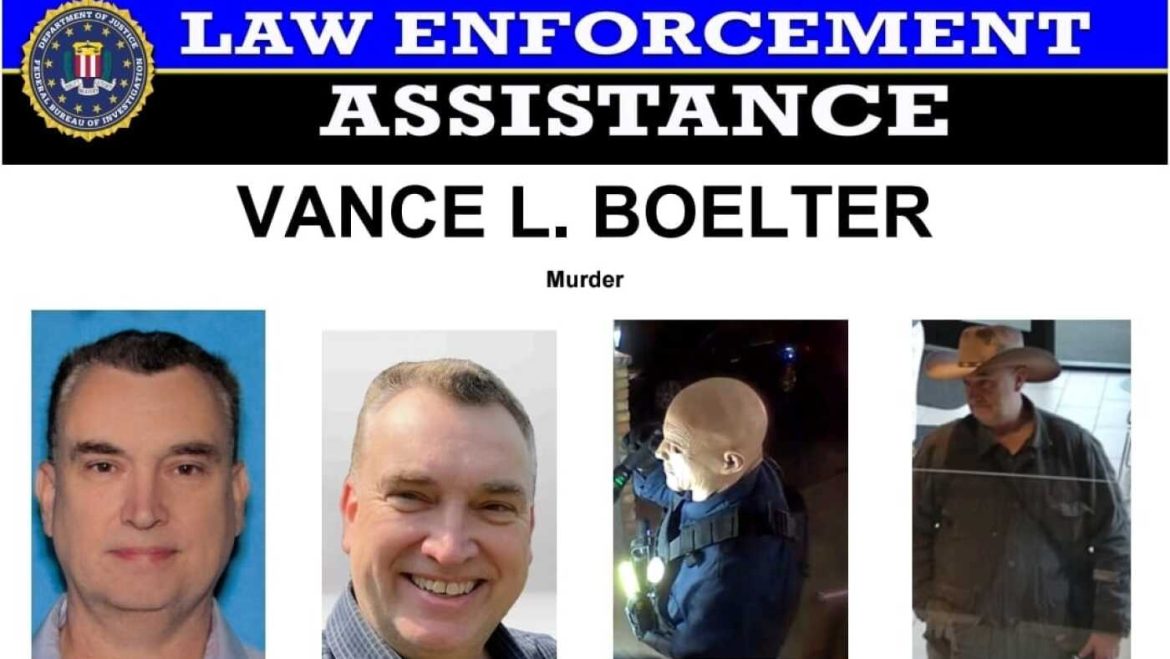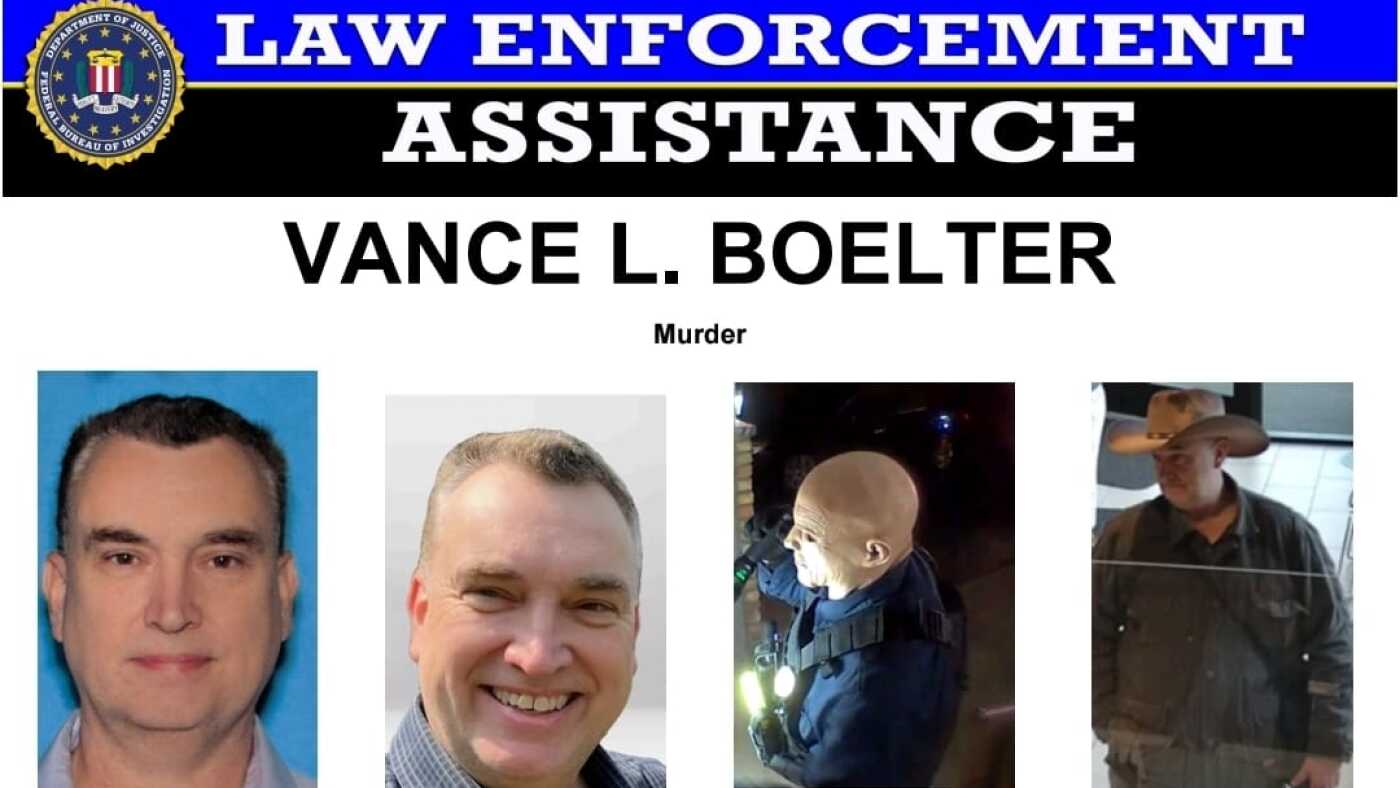The Minnesota Lawmaker Shootings: A Comprehensive Analysis of Events, Suspect Profile, and Implications
Introduction
In an unprecedented and chilling series of events, Minnesota was rocked by politically motivated violence involving the fatal shooting of a Democratic state lawmaker, Melissa Hortman, along with her husband Mark, and the wounding of state Senator John Hoffman and his wife. Over the course of a tense two-day manhunt — described by officials as the largest in the state’s history — authorities pursued and ultimately arrested 57-year-old Vance Luther Boelter. The incident and ensuing investigation have left the state grappling with shock, questions about political violence, and the security of public servants.
—
Sequence of Events and Law Enforcement Response
The violent episode unfolded early on a Saturday morning, around 2 a.m., at the home of state senator John Hoffman in Champlin, Minnesota. Hoffman and his wife were both critically wounded by gunfire. In a separate, related attack, Democratic House Speaker Melissa Hortman and her husband Mark were fatally shot. These attacks were described explicitly by state officials as politically motivated assassinations, increasing the sense of urgency and gravity surrounding the case.
Authorities rapidly mobilized, leading to a massive and multi-agency manhunt that spanned two days in eastern Sibley County. Nearly 200 law enforcement officers participated, including members of 20 regional and local SWAT teams. The suspect’s vehicle was located near Minnesota Highway 25 and 301 Avenue in Faxon Township, helping narrow the search to a wooded area where Boelter was eventually apprehended late Sunday night.
The scale and coordination of the response underline both the severity of the crime and the critical emphasis on ensuring public safety amid what could have quickly spiraled into wider political unrest.
—
Suspect Profile: Vance Luther Boelter
Vance Boelter, aged 57 at the time of arrest, emerged as the central figure in this case. Friends and acquaintances have described him as deeply religious and politically conservative, although the full motivations driving the attack remain under investigation. Court documents unsealed following the arrest revealed multiple charges against Boelter, including two counts of second-degree murder and two counts of attempted second-degree murder.
While specific details about the suspect’s background and connection to the victims have not been fully disclosed, the nature of the attacks suggests a targeted political vendetta. Minnesota Gov. Tim Walz condemned the shootings on social media, emphasizing the troubling trend of violence targeting political figures.
—
Impact on Minnesota’s Political Climate and Public Response
The shootings inflicted significant emotional trauma on Minnesota’s political community and residents at large. The state mourned the loss of Speaker Hortman, a prominent Democratic leader, while also rallying around the wounded senator, displaying bipartisan solidarity in the face of tragedy.
Governor Walz’s public briefing and social media communication reflected a commitment to transparency and collective resilience. The incident sparked conversations about political divisiveness, security protocols for elected officials, and the broader dangers posed by extremist ideologies manifesting in violence.
Minnesota’s law enforcement agencies faced profound challenges coordinating such a complex operation, but their success in apprehending Boelter prevented further potential violence and restored a measure of calm.
—
Legal Proceedings and Next Steps
Following his capture, Vance Boelter was promptly charged with multiple serious offenses. His imminent court appearance marks the beginning of a judicial process that will explore the facts, evidence, and his defense. The charges—second-degree murder and attempted second-degree murder—reflect the gravity of the crimes and the intent attributed to the defendant.
The case has drawn nationwide attention, adding pressure on courts and officials to address politically motivated violence effectively while balancing due process rights.
—
Broader Implications: Political Violence in America Today
This tragic episode in Minnesota mirrors a worrying national pattern where political violence increasingly threatens democratic institutions and public safety. The case raises urgent questions:
– How can elected officials be better protected without compromising accessibility to the public?
– What measures can be taken to identify and mitigate threats rooted in extremist ideologies before they escalate?
– How can political discourse be stabilized to prevent hostility from boiling over into physical attacks?
Minnesota’s response, combining rapid law enforcement action with public solidarity, offers a model for handling crises but also reinforces the need for preventive strategies and community engagement to heal divisions.
—
Conclusion: Holding the Line Against Political Violence
The shootings involving Minnesota lawmakers and their families represent a stark and painful reminder of the volatility facing political leaders across the country. The arrest of Vance Boelter brought a critical episode to a close, yet it also opened a dialogue on the deeper fissures within society.
As Minnesota and the nation reflect on this moment, the focus naturally turns toward justice, healing, and building a political environment where such violence is not just condemned but prevented through understanding, vigilance, and unity. The resilience of Minnesota’s community and the commitment of its public servants in the aftermath stand as a bulwark against darkness, reinforcing the enduring strength of democratic principles in the face of threat.


